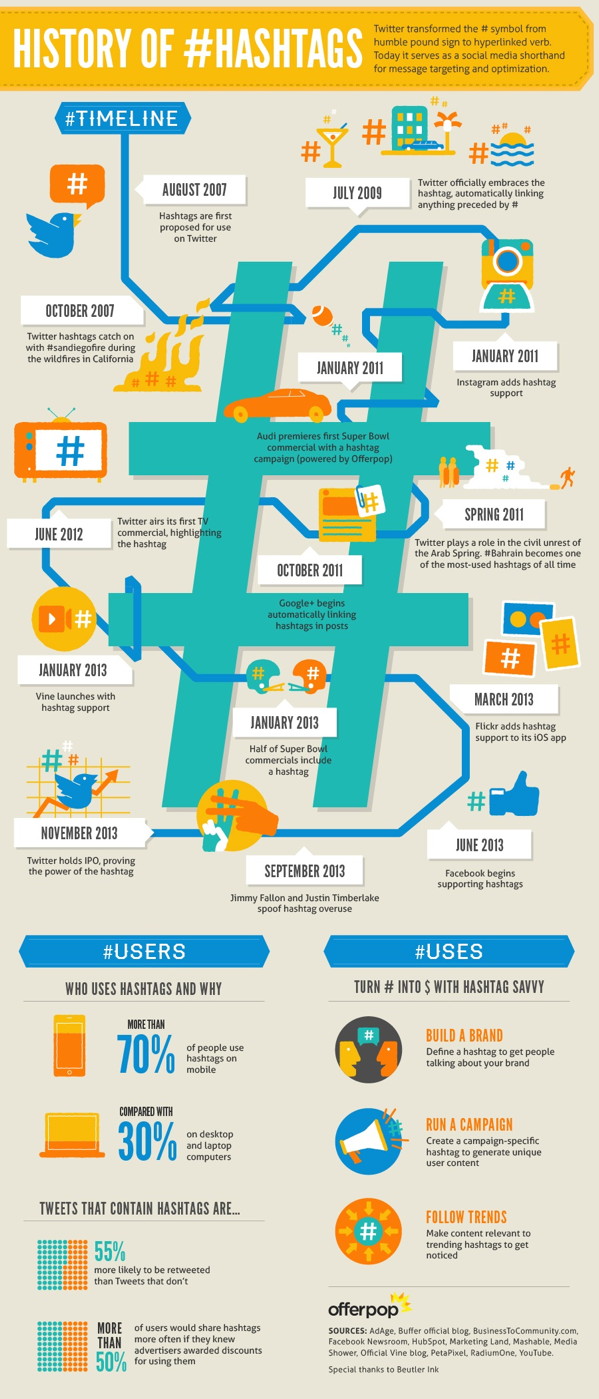Many marketers ask themselves (and often us) how to work with social influencers or blogger advocates. How can you get them to the some word-of-mouth promotion for your brand, how to spread the word about the company, or just to help on doing some nice networking. The team from SocialChorus gives some advice with their latest infographic on blogger advocates.
According to their opinion and advice, companies and brands should watch out that the blogger advocate of interest has got at least a social reach of 2,500-25,000 contacts on Twitter and a highly engaged audience. Furthermore, they should be “interested in brands that reflect his or her audience’s interests”. From a verticals point of view, the most popular verticals for blogger advocates come from parenting, women’s lifestyle and food. To be fairly honest,
I was a bit surprised that the tech industry was just getting some 4,8% of mentions as most of these people are in the social media platforms for quite a while, and usually these people are quite engaged. Seems this is not a big vertical when it comes to spreading the message about brands.
However, each vertical can also have some subcategories which means that it could be covered but under a different vertical like i.e. consumer interest. Not surprisingly, the typical women’s lifestyle blog is around beauty, fashion, and design/DIY, while the males’ one will focus more on auto, sports, tech or entertainment.
Spot On!
To be fair, I have to say that I doubt that the number of 2.500+ contacts qualifies for some great advocate impact (maybe more for an influencer), or whether it is not more the people behind those contacts that count. Marketers should also be careful with the “engaged audience” as sometimes people get followed as of their unique content. They get high figures in “automated response” but they might not be the most conversational, still fully respected people.
Hey, who said blogger advocacy was easy? Any further ideas on the topic, feel free to share…

Credits: SocialChorus








 In an interactive infographic called “The Unruly Viral Spiral”, we get to see the value of social video and what it has achieved in the last eight years from 2006-2013. The graphic visualises that the top three branded videos have massively increased in shares. Since Old Spice had their massive success the top three brands have seen an increase of 613% since 2010. Interestingly enough, this year beats all records. 40% of the top 20 videos of all-time came out this year. From these, the leading ten generated 28,8 Mio. shares (an increase by 52% since 2012!).
In an interactive infographic called “The Unruly Viral Spiral”, we get to see the value of social video and what it has achieved in the last eight years from 2006-2013. The graphic visualises that the top three branded videos have massively increased in shares. Since Old Spice had their massive success the top three brands have seen an increase of 613% since 2010. Interestingly enough, this year beats all records. 40% of the top 20 videos of all-time came out this year. From these, the leading ten generated 28,8 Mio. shares (an increase by 52% since 2012!).
